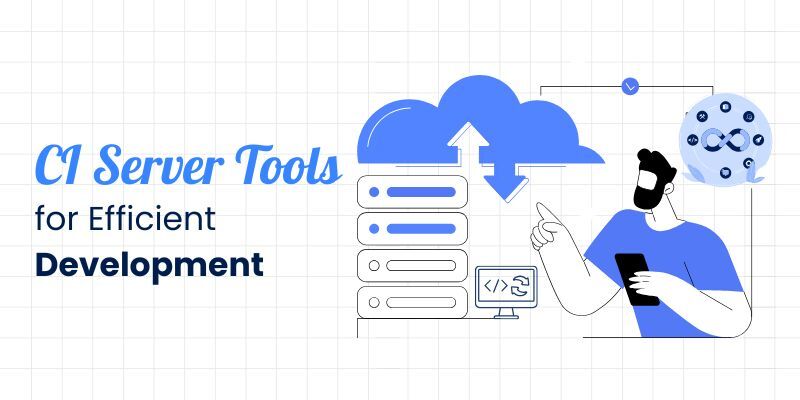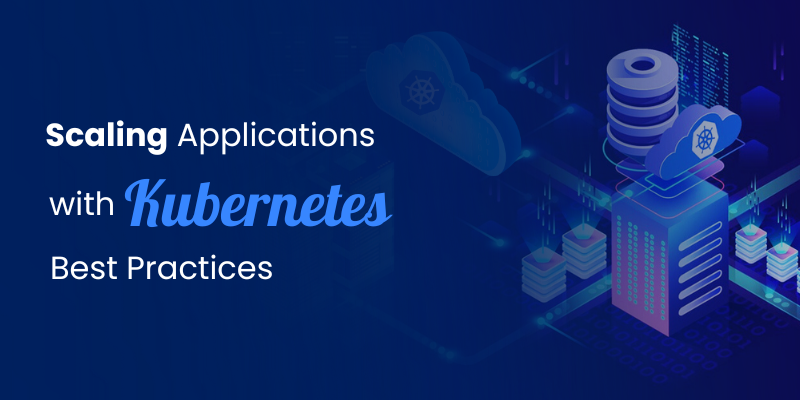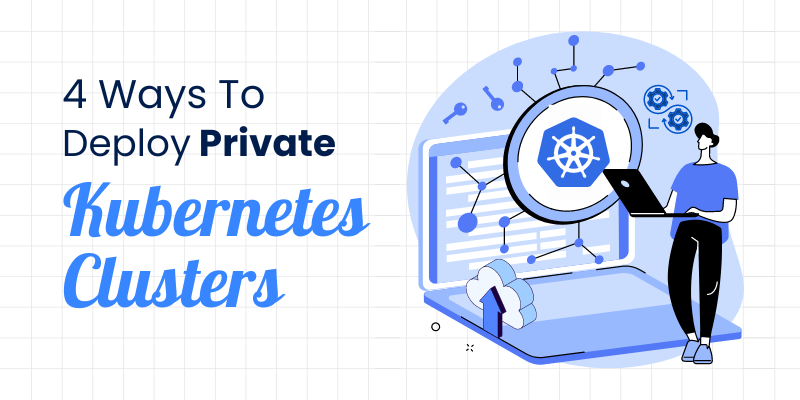
DevSecOps is the integration of security into the DevOps lifecycle and its practices.
By 2023, more than 70% of enterprise DevSecOps initiatives will incorporate automated security vulnerability and configuration scanning for open-source components and commercial packages, which is a significant increase from fewer than 30% in 2019, says Gartner.
This statement emphasizes a few critical security DevOps practices for ensuring secure and bug-free product delivery. Let’s take a closer look at some of the relevant approaches for embedding security checks in the DevOps lifecycle.
DevSecOps helps enterprises around the world to embrace the latest DevSecOps best practices for secure and expedited product delivery.
-Cost reduction: By detecting and fixing security issues early on during the development phases, the costs involved get reduced.
-Speed of delivery: The speed of product delivery increases as security bottlenecks are minimised or eliminated.
Discussed here are the latest DevSecOps practices for ensuring the compliant and secured release of applications.
Source Code Scanning!
Source Code Scanning is one of the most popular DevSecOps practices. The process can be taken care of by implementing Static Application Security Testing (SAST). Basically, SAST is used for scanning the source code repository, usually the master branch for detecting vulnerabilities and performing software composition checks & analyses. It can be integrated into the existing CI/CD process to troubleshoot bugs and increase pipeline efficiency.
Secure Coding Practices/Security as Code!
It’s important for the development & SRE teams to check all the coding standards against new security practices and recommendations being adopted. Detection of bugs on an event-driven basis helps in identifying bugs and vulnerabilities as quickly as possible. Changes made in the product code should be verified and tested against the new security methods being embraced by the organization. This is crucial not only to leverage the benefits of the new changes being executed but also for ensuring a hassle-free implementation of the development lifecycle.
Pre-Deployment Auditing!
Another security DevOps approach of paramount importance is pre-deployment auditing. It uses a pre-defined template to ensure the internally certified security level. Code should be checked before being released. Since the deployment is the last stage of the development lifecycle and the last opportunity, it’s important to integrate validations and checks into the CD pipeline during the pre-deployment stage. Security checks can also be applied to infrastructure-as-code to enhance security and compliance by ensuring that not only the software but the whole infrastructure being deployed is automatically compliant. This type of auditing helps in engaging the security teams early in the software development pipeline rather than reporting errors at the end.
DevSecOps- A True Saviour!
With a cultural and technical shift towards DevSecOps practices, enterprises are able to address security threats more effectively in real-time. These security techniques act as a valuable asset for security teams in preventing slowdowns and obstructions thus enabling a smooth and bug-free product release. Moreover, detection of bugs and defects in applications at an early stage helps in saving time, resources, and computing costs.
Scalability in the cloud is another issue that can be resolved by implementing DevSecOps best practices. As technology-driven businesses evolve at a rapid pace, scalability is a bottleneck when it comes to doing it on a large scale. It requires embedding security controls and compliance checks for secured delivery.
OpsTree’s Approach to DevSecOps!
With an extensive focus on delivering Cloud & DevSecOps-driven outcomes, OpsTree Solutions & OpsTree Labs can help enterprises in executing DevSecOps best practices. Being a highly specialized DevSecOps engineering company and Technology Transformation Partner, OpsTree Solutions is an expert in making the application delivery lean, more secured, agile and highly productive through the best-in-breed Cloud & DevSecOps platform and solutions.
Contact our technical experts NOW to know more about OpsTree Solutions and its other incredible services!
Buildpiper is an End to End Microservices Delivery Platform.



